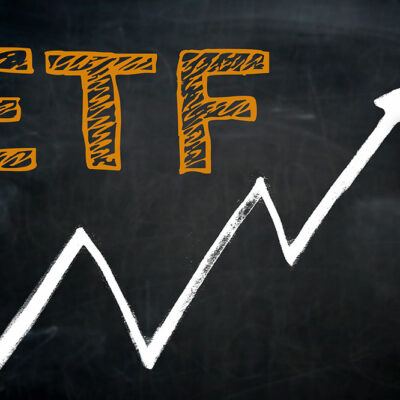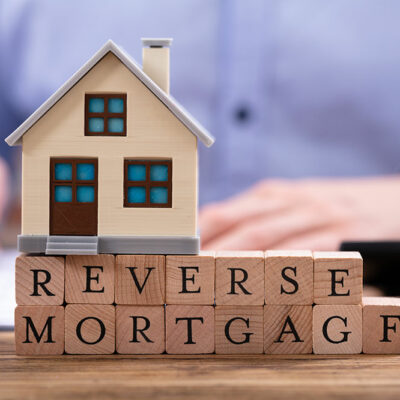
Buying sportswear – Fashion tips and mistakes to avoid
When buying sportswear, it’s important to make stylish, functional, and comfortable choices for specific athletic activities. Simply going by the brand and buying because a favorite influencer or celebrity has promoted the products is a big mistake to avoid. Also, one must consider certain points specific to buying sportswear to ensure maximum benefit from the premium purchases. Here are some common fashion mistakes to avoid and tips to keep in mind while buying sportswear:
Neglecting functionality
Never prioritize style over functionality. Sportswear is designed to enhance overall performance and increase comfort while performing intense physical activities. While stylish sportswear is great, avoid sacrificing functionality for fashion. Some trendy styles may not provide the necessary support or comfort for a workout. Consider the type of sport or exercise and buy keeping these functionality points in mind before selecting brands.
Ignoring fabric quality
Avoid inferior-quality materials. Sportwear clothing should be able to endure a lot of physical strain during physical activity without the texture and fabric giving away. Consider buying sportswear made from durable, moisture-wicking, and breathable fabrics like polyester, spandex, or nylon. These materials help keep the covered areas dry and comfortable during workouts.
Choosing a poor fit and not layering
Avoid buying sportswear that is too tight or loose. These garments should fit comfortably and allow for a full range of motion. Consider trying on different sizes and styles to find the best fit for that particular sport or athletic activity. Also, don’t forget about layering. Depending on the weather and activity level, buying multiple layers to stay comfortable may become necessary. Invest in moisture-wicking base layers, insulating mid-layers, and weather-resistant outer layers as needed.
Neglecting proper footwear
The choice of footwear will also impact the overall functionality of the sports attire. Don’t wear running shoes for sports that require lateral movement or specific support, like basketball or tennis. The bottom line is to invest in appropriate footwear for the chosen sport or activity to prevent injuries due to a lack of grip or the wrong shoe style.
Ignoring safety gear
Safety should always come first. Don’t forget to include safety gear such as helmets, knee pads, and gloves for sports like cycling, skateboarding, or skiing. Further, compression garments can aid recovery and improve circulation during intense workouts. Also, remember that sportswear needs may vary with the seasons. Don’t rely on the same gear year-round. Invest in clothing suitable for both hot and cold weather conditions. Further, accessories like sweatbands, gloves, or sunglasses may be essential depending on the sport or physical activity. Make sure to consider these items as part of one’s sportswear ensemble.
Forgetting to read reviews and buying without trials
Read brand and product reviews and do some basic research on the specific types of sportswear. This research can help make informed decisions about the product or brand since there are dozens of alternatives today. Also, never buy without trying, especially for sports bras or shoes. A trial ensures a proper fit and reduces the chances of returns due to poor product quality.


